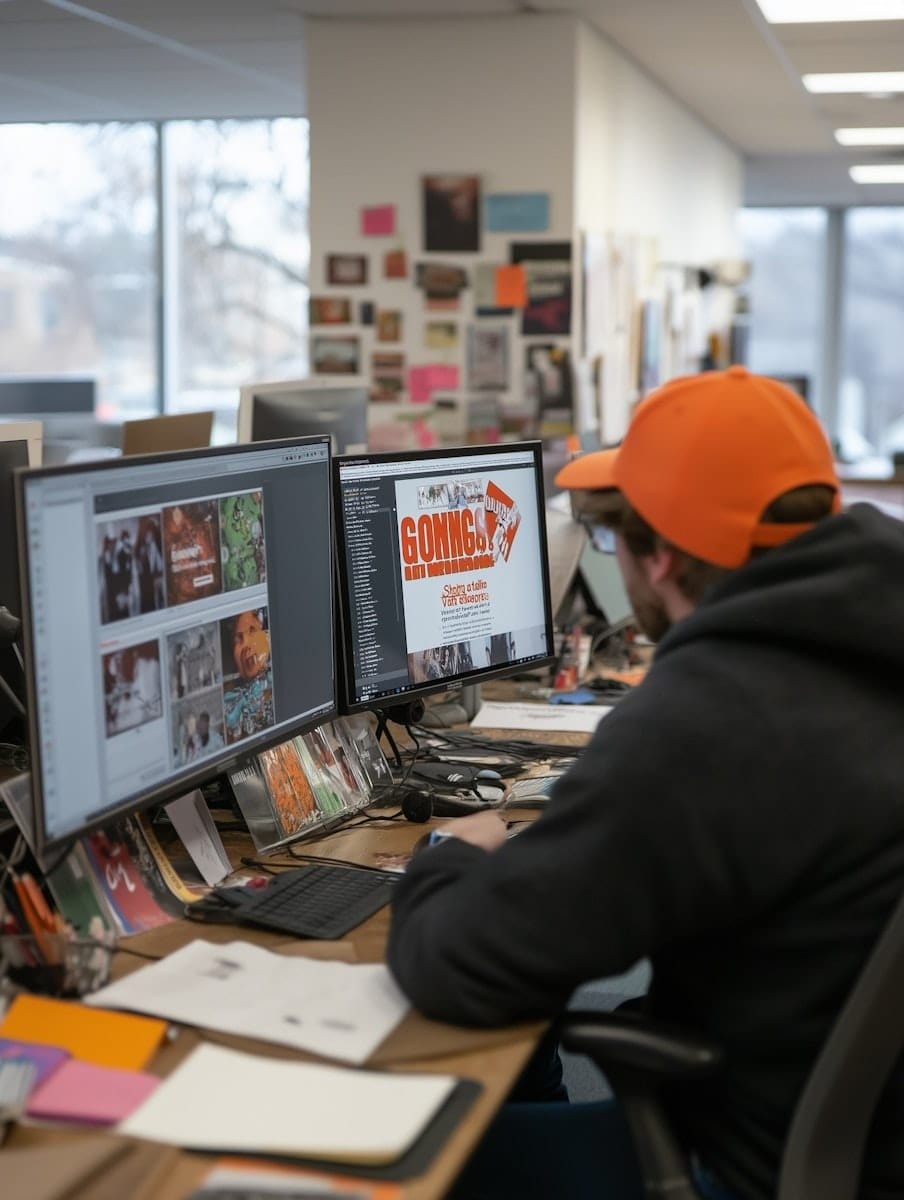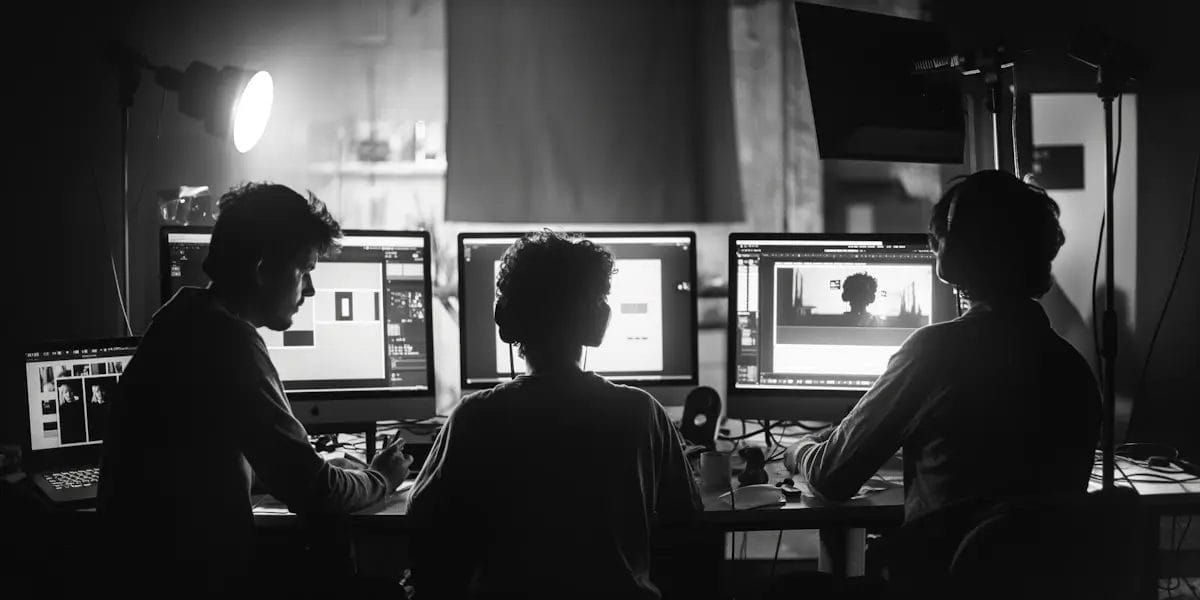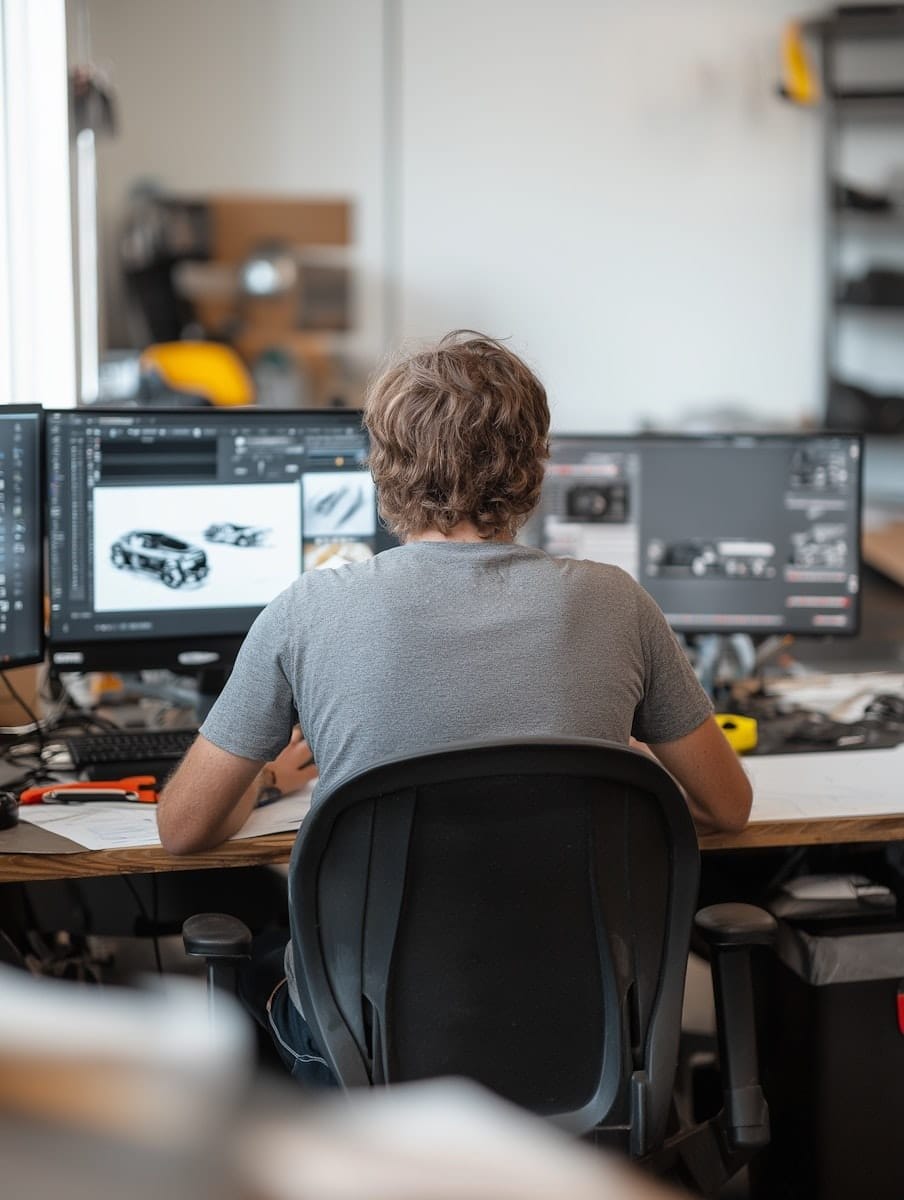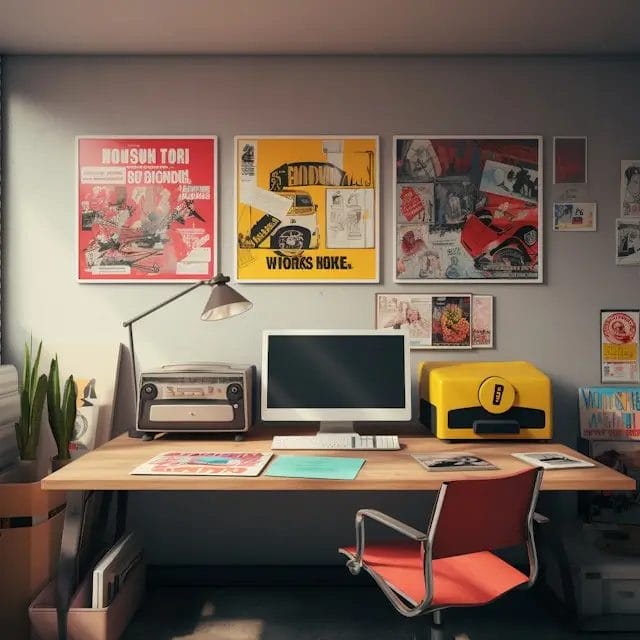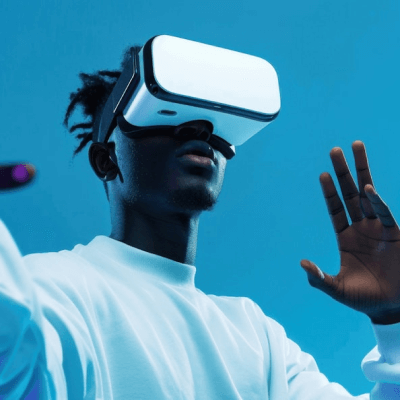Are you facing challenges in getting innovative designs that elevate your brand? Artificial intelligence tools in design are the ideal solution to save time and improve work quality professionally. You will no longer have to waste time on repetitive processes or routine details, as smart technologies ensure you unique designs that accurately and effectively reflect your company’s identity.
With designer Jiyad, you will get the best strategies for using artificial intelligence tools to serve your business goals and give you a clear competitive advantage in the market. If you are looking for growth and distinction for your company, the opportunity is now in your hands. Start now and elevate your designs to new horizons.
What are artificial intelligence tools in design?
<" style="line-height: 1.38; text-align: justify; margin-top: 12pt; margin-bottom: 12pt;">Artificial intelligence tools in design are a set of software and technologies based on smart algorithms and machine learning to improve and accelerate the design process. These tools allow users to create innovative designs, edit images and videos, design logos, and even create customized visual content easily and with high accuracy. Thanks to these technologies, designers can save time and reduce effort on routine tasks, focusing instead on the creative side and achieving outstanding results.
The importance of integrating artificial intelligence with design
Integrating artificial intelligence into the design process has become a pressing necessity in light of intense competition and the development of the digital labor market. Artificial intelligence helps to increase productivity by speeding up idea execution and improving work accuracy, while enabling companies to deliver high-quality designs that precisely meet customer expectations. In addition, artificial intelligence provides smart analytics that help understand market trends and audience needs, making design more targeted and effective. In the end, integrating artificial intelligence tools with design is a strategic step that enhances companies’ competitiveness and ensures their sustainable success in a rapidly changing world.
How are artificial intelligence tools changing the future of the design industry?
Amid rapid technological advancement, artificial intelligence tools in design have become a driving force in changing the rules of the game in the design and creativity industry. These tools not only simplify routine processes, but also bring about a radical transformation in thinking and execution, directly affecting work quality and efficiency. Companies’ and designers’ adoption of artificial intelligence opens new horizons for innovation and sets a new benchmark for speed and accuracy of execution.
-
Increased productivity: Reducing the time and effort required to complete complex design tasks.
-
Improved design quality: Producing more precise and professional designs using smart techniques.
-
Personalized experience: The ability to create customized designs that effectively meet the needs of a specific audience.
-
Data and trend analysis: Using artificial intelligence to understand consumer behavior and guide design in line with the market.
-
Cost reduction: Replacing expensive manual processes with smart automation that saves company budgets.
Steps to Successfully Integrate Artificial Intelligence Tools in Design with the Creative Designer Jiyad
Integrating artificial intelligence tools in design requires a systematic and thoughtful approach to ensure goals are achieved efficiently and professionally. With the creative designer Jiyad, you will learn how to integrate these technologies in a way that suits the nature of your work and supports your professional and business development. Here are the basic steps to successfully integrate artificial intelligence tools in design:
-
Identifying needs and goals: Analyze the project requirements and the goals you want to achieve using artificial intelligence.
-
Choosing the right tools: Evaluate and select the tools that fit the nature of the design and the scale of the work.
-
Training and qualification: Acquire the necessary skills to understand how to use the tools effectively.
-
Testing and applying the tools: Start using the tools in pilot projects to ensure compatibility with the workflow.
-
Analyzing results and improving performance: Monitor performance and analyze results to continuously adjust and improve the use of the tools.
It is worth noting that integrating artificial intelligence tools does not mean dispensing with human creativity, but rather supports the development of ideas and facilitates their implementation. Therefore, it is necessary to maintain an intelligent balance between technology and innovation to ensure true success.
The Best Artificial Intelligence Tools in Design You Should Know
With the rapid development of artificial intelligence technologies, a large number of tools have emerged that greatly facilitate and improve the design process. Choosing the right tool can determine the level of quality and efficiency of the designs. Therefore, it is essential to know the best tools that combine high performance and ease of use to be a strong support in your design projects.
Here are the most prominent artificial intelligence tools in design:
-
Adobe Sensei: A powerful tool from Adobe that relies on artificial intelligence to improve images and videos and analyze data intelligently.
-
Canva AI: An easy-to-use design platform that integrates artificial intelligence tools to provide ready-made templates and customized designs quickly.
-
DeepArt.io: Turns ordinary photos into artworks using artificial intelligence techniques and artistic filters.
-
Runway ML: An advanced tool that allows the creation of innovative visual content by integrating machine learning models into the workflow.
-
Let’s Enhance: Automatically improves image quality while preserving details using artificial intelligence techniques.
Professional Tips for Using AI Tools in Design
Using AI tools in design is not just about knowing the tools, but also about following clear strategies to ensure you get the most out of them while maintaining quality and creativity. These tips help you use these tools professionally and effectively.
Top Tips for Using AI Tools in Design:
-
Clearly understand your project goals: Define what you want to achieve before choosing a tool or application.
-
Start by trying tools: Test several tools before settling on one that suits your work nature.
-
Combine AI with human creativity: Don’t rely solely on technology; maintain your personal touch in design.
-
Keep learning and improving: Stay updated with the latest AI tools and updates to stay ahead of the competition.
-
Analyze your design results: Use performance analytics to improve future designs.
-
The success of integrating AI tools depends on balancing technology and innovation, so don’t neglect the human aspect of design to ensure originality and distinction in your work.
How to Choose the Best AI Tools in Design for Your Company?
Choosing the best AI tools in design for your company is not random, but requires careful study and attention to ensure that these tools meet business needs and contribute to improving design quality and increasing productivity. The right choice helps save time and costs and gives your company a competitive edge in the market.
Criteria for Choosing the Best AI Tools in Design:
-
Tool compatibility with company goals: Ensure the tool supports the nature of your company’s projects and products.
-
Ease of use: Prefer tools with easy interfaces that allow your team to use them without complications.
-
Flexibility and integration: The tool’s ability to work harmoniously with other software and systems used in your company.
-
Performance efficiency: Evaluate the tool’s speed and accuracy in completing required tasks without compromising design quality.
-
Technical support and updates: Availability of continuous support and regular updates that keep up with AI developments.
-
Investment cost: Study the cost compared to the expected benefits to ensure a worthwhile return on investment.
Choosing the right AI tools for your company is a long-term investment that requires regular review and continuous evaluation to ensure they meet market demands and technological changes.
Integrating AI tools into design is the most important step for any company seeking growth and success in a fast-paced competitive market. These tools not only save time and effort but also enhance the quality of designs and open up countless opportunities for innovation and uniqueness. By leveraging AI, you can improve your team’s performance, achieve professional results that satisfy your clients, and strengthen your company’s position in the market.
Don’t waste time with traditional methods — elevate your company’s designs today with the creative designer Jiyad and AI tools in design. Contact us now and start your journey toward excellence.
Frequently Asked Questions
1. Are AI tools in design suitable for beginners?
Yes, there are many tools specifically designed to suit beginners and offer easy-to-use interfaces that help with quick learning.
2. Can AI tools replace the human designer?
No, AI tools are an assistant that enhances the designer’s capabilities but cannot replace the creativity and human touch that are irreplaceable.
3. What are the best tools to start using AI in design?
You can start with tools like Canva AI, Adobe Sensei, and Runway ML, as they combine ease of use with powerful performance.
4. How can design quality be improved using AI?
By using intelligent analysis techniques and tailoring designs to meet customer needs and market demands.
